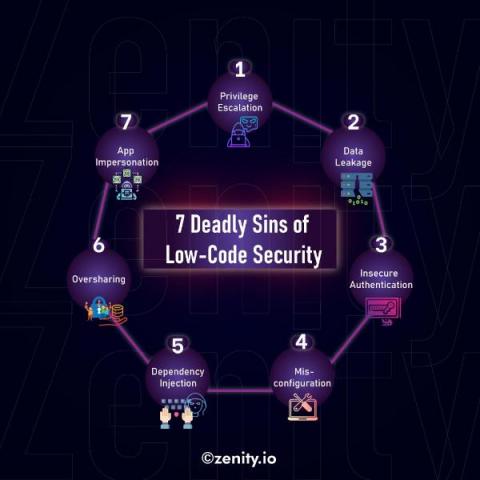Why Are Low-Code Platforms Becoming the New Holy Grail of Cyberattackers?
Why Are Low-Code Platforms Becoming the New Holy Grail of Cyberattackers? Low-code/no-code platforms for enterprise are booming. With more and more critical business assets now stored and handled by these platforms, it is essential to understand that low-code often leads to a large attack surface. This article will explore low-code/no-code from an attacker’s perspective to better understand their potential weaknesses and showcase why they are becoming the new holy grail for cybercriminals.









